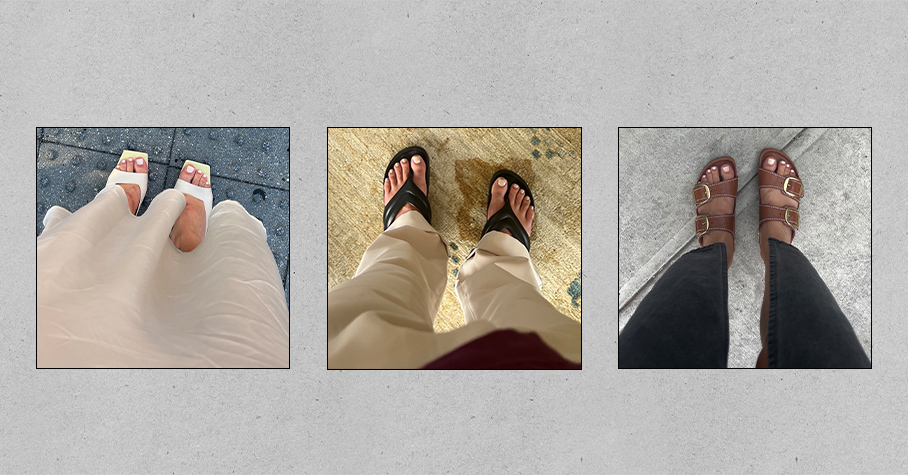Despite Protests and a Pandemic, Police Killings Persist
Police shot and killed 1,021 people in 2020, even as protesters pushed for accountability. A Washington Post investigation details the reasons underlying this reality, from a lack of across-the-board reforms to department cover-ups to unrestrained use-of-force.

In 2020 — amid protests, a pandemic and calls for police reform — police fatally shot 1,021 people.
Over 6,400 people, their identities unknown to most Americans, have been killed by police since 2015, when The Washington Post began tracking fatal shootings by on-duty police officers. A Post investigation examines the circumstances of these shootings, which range from the supposedly “unavoidable” to those deemed “criminal.”
Although nearly every shooting has been ruled justified, observers and experts say less aggressive tactics could have limited the violence, write Mark Berman, Julie Tate and Jennifer Jenkins.
The scattershot policies, practices and trainings of the country’s 15,000 local police and sheriff’s departments make broad reform difficult, experts say. Lacking legal mandates, most departments don’t use body cameras, let alone deploy mental health professionals to volatile calls.
Most of the tens of millions of encounters between people and police don’t end in violence, and recent decades have seen drastic declines in fatal shootings. But plenty do end violently — police kill around three people each day — and police accountability remains rare. “In some cases, the only surviving witnesses are the officers involved,” the authors write.
In some cases, officers actively evade accountability: departments withheld the names of officers in 1 in 5 shootings, according to a Post investigation. Officers, too, often define the events surrounding a fatal shooting.
“They write the reports, they give the statements, and other people’s accounts are not taken seriously,” Philip Stinson, a criminology professor at Bowling Green State University in Ohio, told the Post.
After George Floyd’s murder, Minneapolis police issued a statement saying Floyd “physically resisted officers” before “suffering medical distress.” Perhaps without Darnella Frazier’s cellphone video, the police narrative would have shielded the brutal circumstances of Floyd’s death.
The concerns surrounding many recent police shootings aren’t new. For decades, Americans have warned of police misconduct in certain situations. Still, numerous police shootings have followed responses to two volatile situations: mental health crises and domestic violence.
Nearly 1,500 people shot and killed by police since 2015 reportedly struggled with mental illness. Over the same period, Americans in several cities called for — and launched — programs that dispatch mental health professionals, not officers, to certain calls.
Still, fatal shootings persist, particularly in states where gun ownership is high, studies find. The Post’s tracking page also breaks down fatal shootings by race. White people compose 60 percent of the American population and have accounted for 45 percent of those fatally shot by police. Black people are 13 percent of the population but have been 23 percent of those shot and killed by police.
Ronald L. Davis, a former police chief and ex-director of the Justice Department’s Community Oriented Policing Services office, told the Post that the goal should be less use of deadly force overall, “not just unjustified uses of deadly force.”
But when it comes to using deadly force, officers have vast discretion. In 1989, the Supreme Court ruled in Graham v. Connor that an officer’s actions must be judged against what a “reasonable” officer would do in the same situation. Since then, officers have interpreted the “reasonable” standard liberally.
As Stinson, the Bowling Green State University criminology professor, told the Post, “The vast majority of these shootings are justified under the current law.”
Eva Herscowitz is a TCR Justice Reporting intern.

 Landwebs
Landwebs 




















